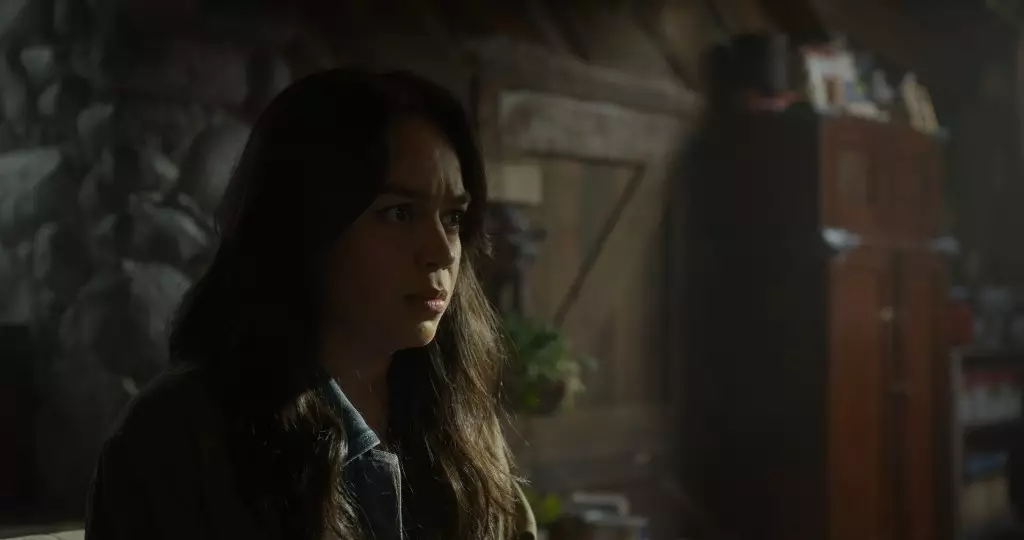After two and a half decades of exhilarating fear, the “Final Destination” series is set to reenter the cultural zeitgeist with its sixth installment, “Final Destination: Bloodlines,” releasing on May 16. While horror franchises often fall into predictable patterns, the creative team here—under the direction of Zach Lipovsky and Adam Stein—promises an evolution that could refresh audience engagement and redefine expectations. The director has explicitly stated that the latest film breaks away from the traditional tropes of its predecessors, enticing audiences with a narrative that combines past horrors with modern dilemmas.
A Bold Departure from Tradition
What truly sets “Bloodlines” apart is its audacious choice to initiate the chilling narrative in the year 1969. The franchise is notorious for its intricate premonitions and multi-layered setups, but Lipovsky’s artistic decision introduces a retroactive glimpse into the origins of Death’s macabre justice. This departure not only enriches the storyline, inviting viewers into a world previously unexplored, but also amplifies the suspense and heightens the stakes. By grounding familiar themes in a historical context, the film is poised to create a compelling juxtaposition against contemporary life, making the horror more palpable and relevant.
The Element of Surprise
Another fascinating element highlighted by Lipovsky is the unpredictability of death itself within this narrative framework. Horror fans revel in the anticipation of impending doom, yet the director’s commitment to subverting expectations promises a refreshing take on who will survive—or not. It’s almost a metaphorical dance with fate: audiences may believe they can predict the outcomes, only to be blindsided by shocking twists. In a landscape inundated with formulaic horror, the thought of leaning forward in one’s seat instead of reclining back in predictability is invigorating, making viewers more engaged and invested in the unfolding drama.
An Emotional Core
At its heart, “Bloodlines” is not merely about a series of gruesome deaths; it explores the weight of familial bonds through the character of Stefanie, a college student haunted by a violent recurring nightmare. Her desperate pursuit to save her family from their fated tragedy adds an emotional depth that is often missing in the genre. This personal stake provides an opportunity for audiences to forge deeper connections with the characters. At the end of the day, it’s not just about who lives or dies, but the emotional poignancy that comes with the journey toward that grim reality.
The Anticipation Builds
The marketing surrounding “Bloodlines” has already created an electrifying buzz. The trailer’s staggering 178.7 million views in its first 24 hours as the second-most viewed horror movie trailer speaks volumes about the franchise’s enduring appeal and the public’s thirst for new horror experiences. As fans prepare to return to the thrilling world of “Final Destination,” one thing is increasingly clear: this latest installment could breathe new life into a beloved series, captivating audiences while keeping them on the edge of their seats.
